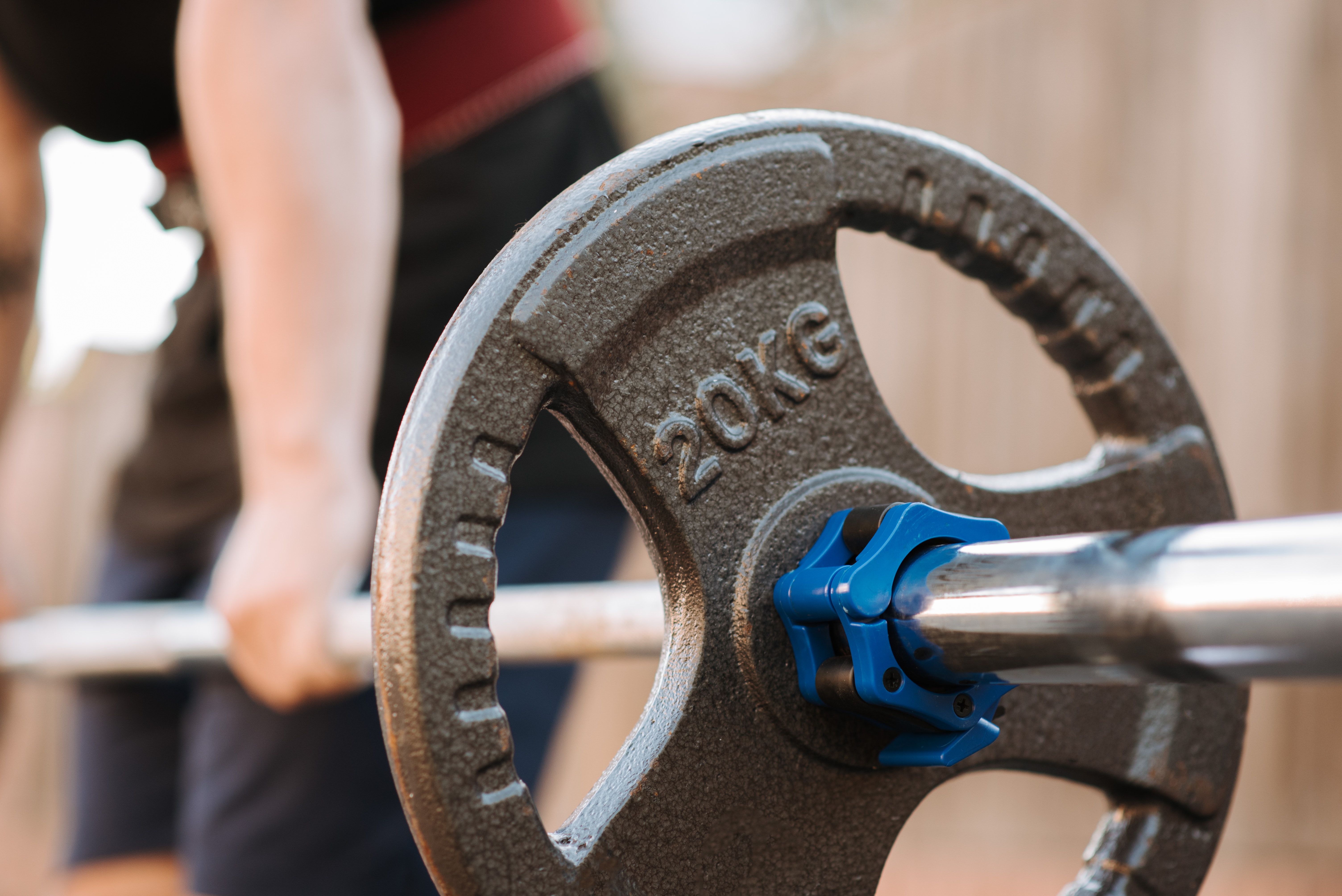
Heavy lifting has its own specific set of benefits. Let’s talk about them!
One of the most underrated aspects of fitness is the positive health implications of heavy lifting. Of course, movement of any kind or capacity is always encouraged. But lifting heavy has its own specific set of benefits. Individuals who adhere to a strength-based program can expect to see a multitude of physiological benefits. We will outline them in this article.
For years there seems to have been this misconception that only certain groups of people should dare to attempt ultra heavy lifts in the gym. Through decades of research, we now know that heavy lifting is beneficial to every group of people and should be encouraged, especially for people with naturally less bone density or muscle mass.
So, what kind of benefits might someone reap from lifting heavy weights in the gym?
1. Increased bone density:
One physiological adaptation to repeatedly lifting heavy weights is increased bone density. Bone density correlates to muscle mass and maximal oxygen uptake. Studies have shown individuals who strength train have an increase in bone density through increased stress placed on the bone itself through strength training.[1]
2. Increases cartilage thickness and stiffness in tendons and ligaments:
Cartilage is like a buffer between bones cushioning impact and keeping movement feeling smooth and comfortable. Without cartilage, we would all be in extreme pain.
Weightlifting has been shown to increase cartilage thickness. [2] Increases in up to 14% have been seen regarding tendon strength and exercise.[3] These are significant changes to crucial parts of our mechanical structure.
So, it is your responsibility to take care of your body as good as you can. This includes increasing the strength and stiffness in areas of lean mass such as cartilage and ligament structures. We don’t normally think too much about these, usually.
3. Increased muscle mass and strength:
This is probably one of the more obvious physical adaptations to strength training. Training for strength places more emphasis on fast twitch muscle fibers. The same one’s sprinters use.
Gaining strength and muscle mass is very beneficial for anyone at any point in their lives. But again, is extra advantageous for people with naturally lower muscle mass and strength. Building these systems up can ensure you aren’t struggling to stand up in your old age.
4. Better quality of life
This is something we don’t talk about enough when it comes to strength training. So, what exactly are the benefits are of strength training on quality of life?
First off, training for strength is probably one of the easiest methods to set goals for. We know that setting goals is good for us. Likewise, we know that when we reach a goal we have previously set for ourselves we get a rush of dopamine. This is the feel-good hormone.
No matter how poorly your life currently is going, you always have the gym to escape to and reach your personal goals regardless of outside influences. This gives you a feeling of control and sense of purpose over your own life. I would never discourage that.
In conclusion, lifting heavy isn’t something the general population should ignore. The list above is just a small portion of the benefits of heavy lifting.
Putting your body under a self-induced stress load forces it to change for the better. It improves mood through release of hormones. It also prolongs life through an increased metabolic rate allowing your body to acquire a higher energy intake. Thus, leading to the ability to increase essential nutrient intake as well.[4]
That’s why I encourage all of you out there to lift heavy and live long!
Creation Strength And Conditioning
[1] Chilibeck, P.D., Sale, D.G. & Webber, C.E. Exercise and Bone Mineral Density. Sports Med 19, 103–122 (1995). https://doi.org/10.2165/00007256-199519020-00003
[2] Grzelak, P., Domzalski, M., Majos, A., Podgórski, M., Stefanczyk, L., Krochmalski, M., & Polguj, M. (2014). Thickening of the knee joint cartilage in elite weightlifters as a potential adaptation mechanism. Clinical Anatomy, 27(6), 920–928. https://doi.org/10.1002/ca.22393
[3] Tishya A.L. Wren, PhD; Gary S. Beaupre, PhD; Dennis R. Carter, PhD. (2000) Tendon and ligament adaptation to exercise, immobilization, and remobilization. Journal of Rehabilitation research & Development., Vol 37, No.2
[4] P O Åstrand, Physical activity and fitness, The American Journal of Clinical Nutrition, Volume 55, Issue 6, June 1992, Pages 1231S–1236S, https://doi.org/10.1093/ajcn/55.6.1231S



